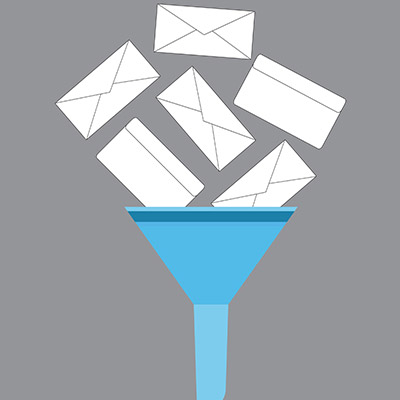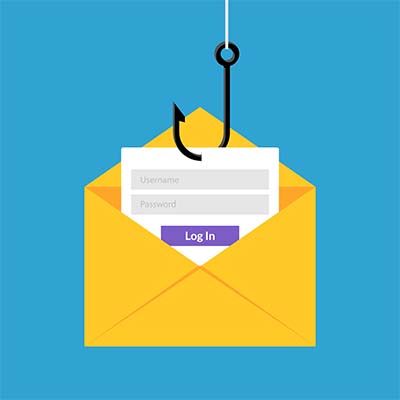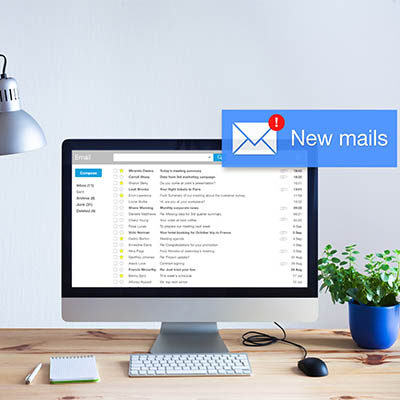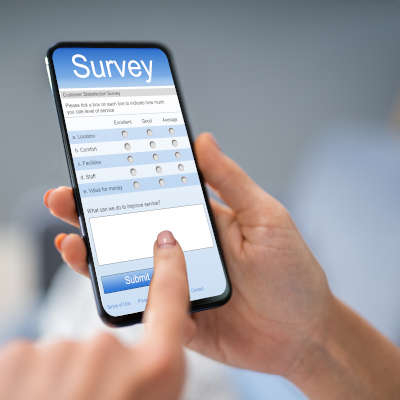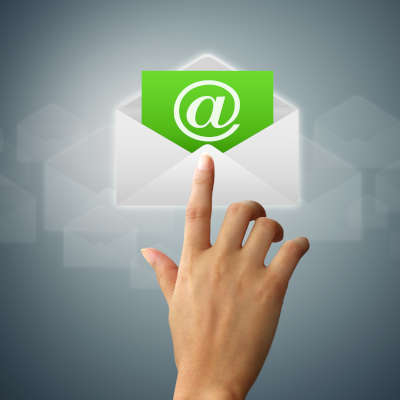While email has remained a major communication tool for businesses for quite some time, a lot of us might still be struggling to keep it organized. Alternatively, a lot of us may have just given up, allowing our inboxes to become a virtual dump of old communications and check-ins. Fortunately, with a little bit of time now, you can turn your inbox into an organized and useful resource again.
Even the best employees will encounter situations where they might accidentally put your organization at risk due to a phishing attack. What are some of the telltale signs of a phishing scam and how can you tell when you need to be cautious? The subject lines of phishing emails can be indicative of their threat level. Let’s take a look.
All businesses rely on email, but we will admit that it’s not the sexiest technology solution out there. It’s more of a necessity rather than something you might get excited about implementing for your company. Still, this does not lessen its importance, so you should give it the same care you would any other aspect of your business’ IT infrastructure.
As you read this sentence, think about the current state of your email inbox. Is it clean and crisp with only a handful of new emails on a daily basis, or is it an entangled mess filled with hundreds (or even thousands) of unread and often unimportant emails? If it’s the latter, you’re in luck; we’ve got some tips to help you finally get a grip on your email inbox.
For many, working from home has been an adventure. A lot of workers were moved off site during the pandemic and now, a year later, are just now settling into working from home and the new expectations that this brings. People just had no idea how their job would change over the time they are away from their office. Today, we take a look at communications fatigue and what your business can do to help your remote workers from feeling overwhelmed.
Back in June, Microsoft applied an update to the Microsoft 365 version of their Outlook email platform, adding various features—including one that allows users to run a native poll through their email. Let’s go over how it works so that you can take advantage of this useful utility.
Gmail is a popular option for businesses seeking to use email, one of the business world’s most popular solutions, seeing as it has a 33.7 percent market share. Many of these businesses may have found that they spend more time using Gmail than they would prefer. Fortunately, if this time is spent repeatedly writing the same message, there is a solution: Gmail templates.
- 1
- 2

